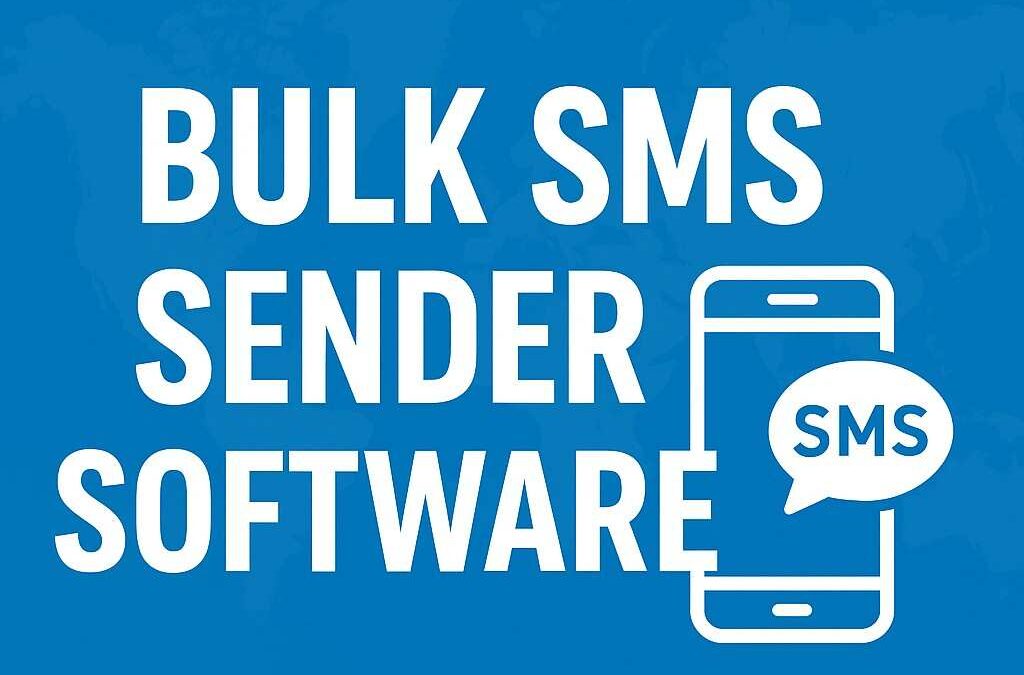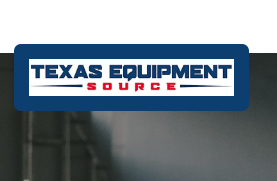Introduction
The healthcare payer solutions market plays a crucial role in modern healthcare systems. Payers—including insurance companies, government agencies, and third-party administrators—rely on these solutions to streamline operations, reduce costs, and improve patient outcomes.
With rising healthcare costs and increasing regulatory demands, payer organizations are turning to advanced technologies to enhance efficiency. This article explores the market’s growth, key solutions, challenges, and future opportunities.
Market Overview
The healthcare payer solutions market is experiencing rapid expansion. Valued at over $20 billion in 2023, analysts project a CAGR of 8-10% through 2030. This growth is fueled by rising healthcare expenditures, digital transformation, and the need for fraud prevention.
Government initiatives, such as the Affordable Care Act (ACA) in the U.S. and National Health Policy reforms globally, are pushing payers to adopt smarter solutions. Additionally, the shift from fee-for-service to value-based care is accelerating demand for innovative payer technologies.
Key Components of Healthcare Payer Solutions
Claims Management Systems
Efficient claims processing is vital for payer organizations. Automated claims adjudication reduces errors and speeds up reimbursements. AI-powered tools help detect fraudulent claims, saving millions annually.
Provider Network Management
Payers must maintain robust provider networks. Advanced software helps in contract management, credentialing, and performance tracking, ensuring high-quality care delivery.
Fraud Detection & Risk Compliance
Healthcare fraud costs the industry $300 billion+ yearly. AI-driven fraud detection systems analyze patterns to flag suspicious activities. Compliance tools ensure adherence to HIPAA, GDPR, and other regulations.
Member Eligibility & Enrollment Solutions
Simplifying enrollment improves member satisfaction. Self-service portals and automated verification systems reduce administrative burdens while enhancing accuracy.
Payment Processing Systems
Secure and fast payment solutions are essential. Blockchain and real-time payment technologies are gaining traction, reducing delays and improving transparency.
Major Trends Shaping the Market
Adoption of AI and Machine Learning
AI is transforming payer operations. Predictive analytics help in risk assessment, personalized care plans, and cost forecasting. Chatbots enhance customer service by resolving queries instantly.
Shift Toward Value-Based Care Models
Payers are moving from volume-based to outcome-based reimbursement. Data analytics helps track patient outcomes, ensuring providers deliver cost-effective care.
Blockchain for Data Security
Blockchain ensures tamper-proof records and secure data sharing. It minimizes fraud and enhances interoperability between payers, providers, and patients.
Growth of Telehealth Integration
The rise of virtual care demands seamless integration with payer systems. Reimbursement platforms now support telehealth claims, improving accessibility.
Challenges Facing Payers
Regulatory Compliance and Changing Policies
Frequent policy updates (e.g., CMS regulations, ICD-11 coding) require constant system upgrades. Non-compliance risks hefty penalties.
Data Security & Privacy Concerns
Cyberattacks on healthcare data are increasing. Payers must invest in encryption, multi-factor authentication, and zero-trust security models.
High Implementation Costs
Deploying advanced solutions requires significant investment. Smaller payers struggle with budget constraints, slowing adoption rates.
Interoperability Issues
Fragmented systems hinder data exchange. Standardized APIs and FHIR (Fast Healthcare Interoperability Resources) protocols aim to bridge this gap.
Leading Companies in the Healthcare Payer Solutions Market
Major players include:
-
Optum (UnitedHealth Group) – Leading in analytics and revenue cycle management.
-
Cognizant – Specializes in digital transformation for payers.
-
McKesson Corporation – Focuses on pharmacy benefit management.
-
IBM Watson Health – AI-driven decision support tools.
-
Change Healthcare – Offers end-to-end claims processing solutions.
Recent mergers and acquisitions (e.g., Oracle-Cerner, UnitedHealth-Change Healthcare) highlight consolidation trends.
Future Outlook and Opportunities
Predictive Analytics for Cost Reduction
Advanced forecasting models will help payers identify high-risk patients early, reducing hospital readmissions and unnecessary costs.
Expansion of Personalized Medicine
Genomic data integration allows tailored insurance plans based on genetic risks, improving preventive care strategies.
Emerging Markets and Untapped Potential
Developing regions (Asia-Pacific, Latin America) present growth opportunities due to rising insurance penetration and digital health adoption.
Conclusion
The healthcare payer solutions market is evolving rapidly, driven by AI, regulatory demands, and value-based care. While challenges like data security and interoperability persist, technological advancements promise a more efficient future.
Payers that invest in innovative, scalable solutions will lead the market, delivering better care at lower costs. The next decade will see unprecedented transformation, making this an exciting space to watch.
Get More Details : https://www.databridgemarketresearch.com/reports/global-healthcare-payer-solutions-market
Get More Reports :
https://www.databridgemarketresearch.com/reports/global-construction-management-software-market
https://www.databridgemarketresearch.com/reports/global-clinical-trial-support-services-market
https://www.databridgemarketresearch.com/reports/global-apoptosis-stimulant-market
https://www.databridgemarketresearch.com/reports/asia-pacific-accounts-payable-automation-market
https://www.databridgemarketresearch.com/reports/global-premium-wine-market







0 Comments